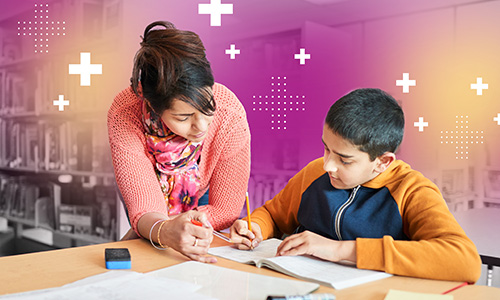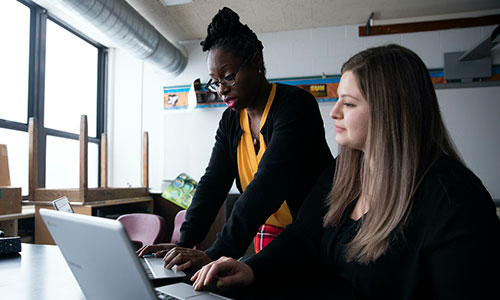
Teachers rely on a myriad of classroom products to support teaching and learning. The goal of using them is to improve student achievement. In my book, The Equity Expression: Six Entry Points for Nonnegotiable Academic Success, I explore the ways educators can keep equity at the forefront of their work. This includes when selecting and using products in the classroom.
I believe classroom products should do three things:
- Help students learn
- Show you how students learn
- Give you information about what students know that helps you with lesson planning
Are your products serving you—and your students—well?
Take a few moments to list all the products you’re using this school year. Your list can include curricula, textbooks, novels, manipulative tools, software, assessments, electronic devices, and more. How many items are on your list?
The average teacher relies on six products to support students’ learning. The more products you have, the more overwhelming it can feel to incorporate them equitably, especially when you want to make the products relevant for every student. Sometimes a lack of purpose and intent with products will leave you data-rich and information-poor.
Have any of these statements ever resonated with you?
- I have too many products and supplemental tools.
- I have a lot of products, but I don’t know how to prioritize using them.
- Even though I strive to use products in a way that best supports students, I don’t know if I’m missing something.
How to evaluate a classroom product
The key to success with the products you use is to have a strong purpose and clear intention. Use the questions below to help you establish your purpose and intent for each product you’ll use with learners this year:
- What does this product reveal about student learning?
- How do I set learning goals with students as they use this product?
- What kind of information does this product give me about my students?
- How intellectually engaging is this product?
The last question is critical, especially because one way we enact equity is by ensuring that all students have access to high-quality, intellectually challenging, appropriate products to support their learning. Low-quality and intellectually mismatched products convey the message that learners aren’t capable of more.
Our young people are adept at knowing if products are student-centered and appropriately challenging to them. We should aim for products that empower every learner, meet students where they are, and guide them toward higher academic standards.
You can further assess your classroom products through a lens of CARING:
- Connection: In what ways does the product support me in connecting students’ home and school experiences?
- Accessibility: Is the product accessible to all learners? Is it age and grade-level appropriate?
- Representation: Do my learners see themselves in the product?
- Instruction: How might I adjust my teaching and learning to complement any references in the product, particularly cultural connections?
- Narrative: What is the dominant narrative or norm implied in this product? Is this product designed from a dominant cultural perspective that assesses for privilege or language, rather than content?
- Growth: What are my students being asked to learn? How do they show what they know? How does a learner know if they’re successful with the product? How does the product help learners grow?
Learn more
In my book, The Equity Expression: Six Entry Points for Nonnegotiable Academic Success, I explore the ways educators can keep equity at the forefront of their work. The chapter focused on products can help you further understand why products need to reflect the ideas and experiences that learners will recognize.







